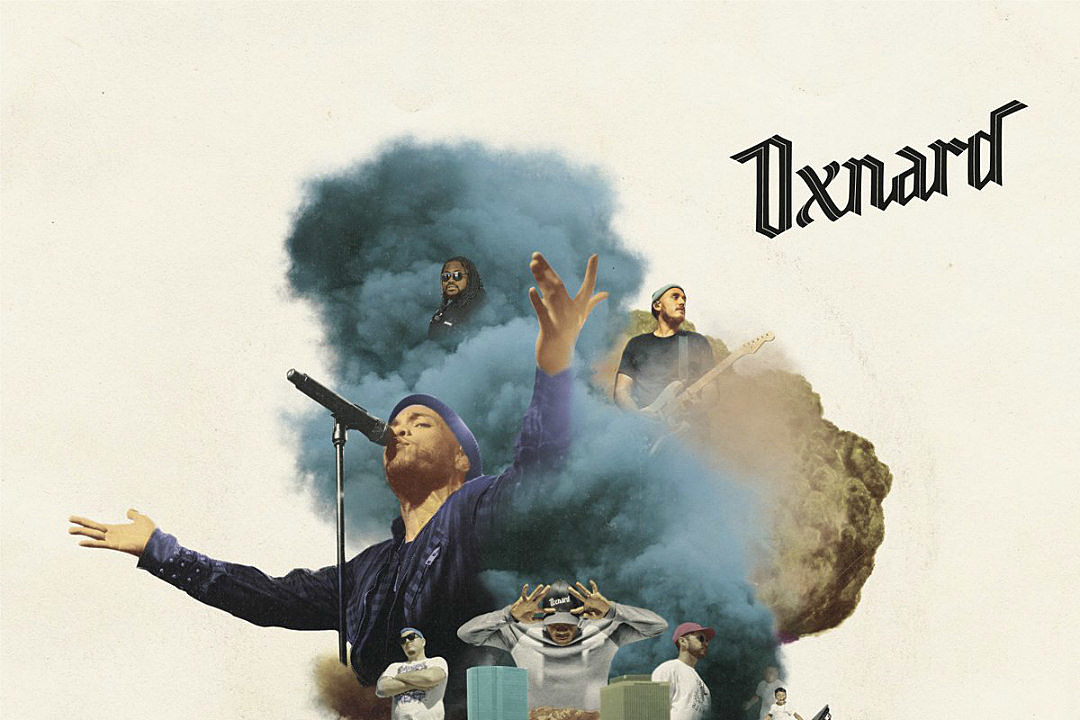ALBUM REVIEW: Anderson .Paak – Oxnard
By Olivia Amitay
For those expecting to hear the breezy beach vibes of Anderson .Paak’s last album Malibu, Oxnard is not the answer.
Before Oxnard’s release, many believed the album would reveal more about .Paak’s upbringing, and how his hometown of Oxnard shaped him into the artist he is today. However, the album barely mentions California, with exception of the West Coast anthem Anywhere featuring G-Funk legend, Snoop Dogg. The distinct surfer sound of Malibu is replaced by an array of genres we’ve seldom seen in .Paak’s work.
At first listen, I was excited by the unique sound of songs like “Saviers Road” and “Smile/Petty,” but part of my heart yearned for Malibu. I was longing to feel the nostalgia brought from the swooning keys on “Room in Here” and old California surfer dude conversations on the intros and outros of many Malibu songs. I was also frazzled by the boasting, player-like posing .Paak undertook on many of Oxnard’s songs such as “Sweet Chick” and “Mansa Musa.” I wondered what happened to the .Paak I knew and loved before taking a step back and seeing the true magic of Oxnard.
After listening to Oxnard a few more times, I found a message in .Paak’s first song “The Chase” that reformed my entire view of the album. The first part of “The Chase” depicts .Paak hopping in his car and turning on the radio. What follows is Kadjah Bonnet’s enchanting voice singing, “I need you more than you could know.” Behind Bonnet’s vocals is an eerie array of bells, rainsticks, maracas, and a sharp guitar riff that reminded me of none other than the Wild West at dusk with a lone cowboy upon his horse. With the help of the same western guitar riffs at the beginnings of “6 Summers” and “Saviers Road,” I started to imagine .Paak as a modern cowboy, navigating the tricky paths of the music landscape.
With .Paak’s cowboy alter ego in mind, I reexamined the parts of Oxnard I wasn’t particularly fond of. My first criticism was the lack of focus on Oxnard itself. I realized that .Paak getting in his car in the start of “The Chase” signified a new beginning and new direction for his music, much like a cowboy riding off into the sunset. In Oxnard, eleven out of the thirteen features are artists never before seen on .Paak’s discography. Some of these features include big name rappers like Kendrick Lamar, Pusha T, J. Cole, and Q-Tip.
With more rap-focused features and the production skills of Dr. Dre, we see .Paak insert himself into the rap world. The rap world is accompanied by a certain mentality that hones in on lavish luxuries, snatching up pretty ladies, and stunting on any and all competitors. On Oxnard, we see this mentality come out on songs like “Headlow,” “Who R U,” and “Mansa Musa.” At first I was off put by this new flex god ego that .Paak enveloped, but it made me realize all the other never before seen sounds and mindsets portrayed throughout the album.
For example, in the politically charged “6 Summers,” .Paak takes shots at Donald Trump for his refusal to acknowledge gun reform, while referencing revolutionaries such as the fictional Kunta Kinte, activist and musician Fela Kuti, and poet Gil Scott-Heron. We also see the beauty and horror of the grieving process on “Cheers” as .Paak honors his good friend Mac Miller and Q-Tip reminisces the good times shared with Phife Dawg, a member of A Tribe Called Quest who passed away. A new sound is also found in songs like “Mansa Musa” and “Left to Right,” where .Paak and Dr. Dre exhibit Jamaican Patois and take from Caribbean influences. Rather than staying on a well-traveled path, the modern cowboy ventures off into the unknown and faces new challenges in order to progress as an artist.
While this album may not be centered around Oxnard, California, .Paak puts his hometown on the map by delving deeper past the calm waves of Malibu and achieving greatness through differentiation.
